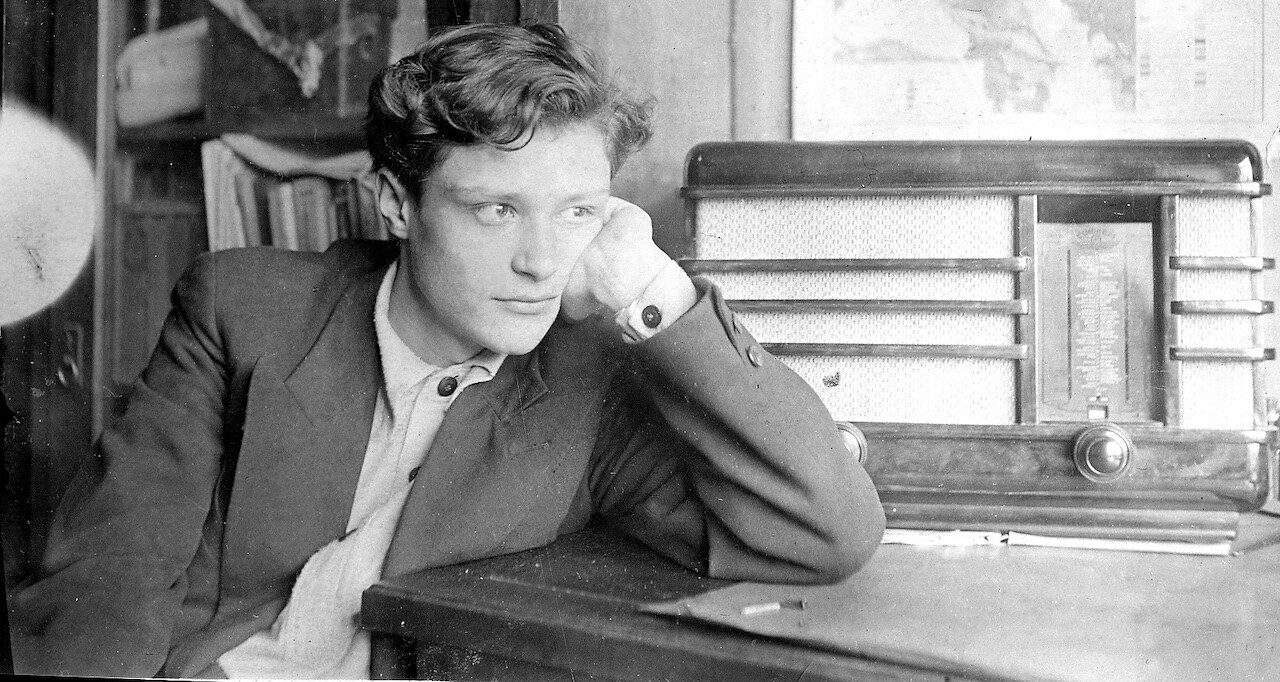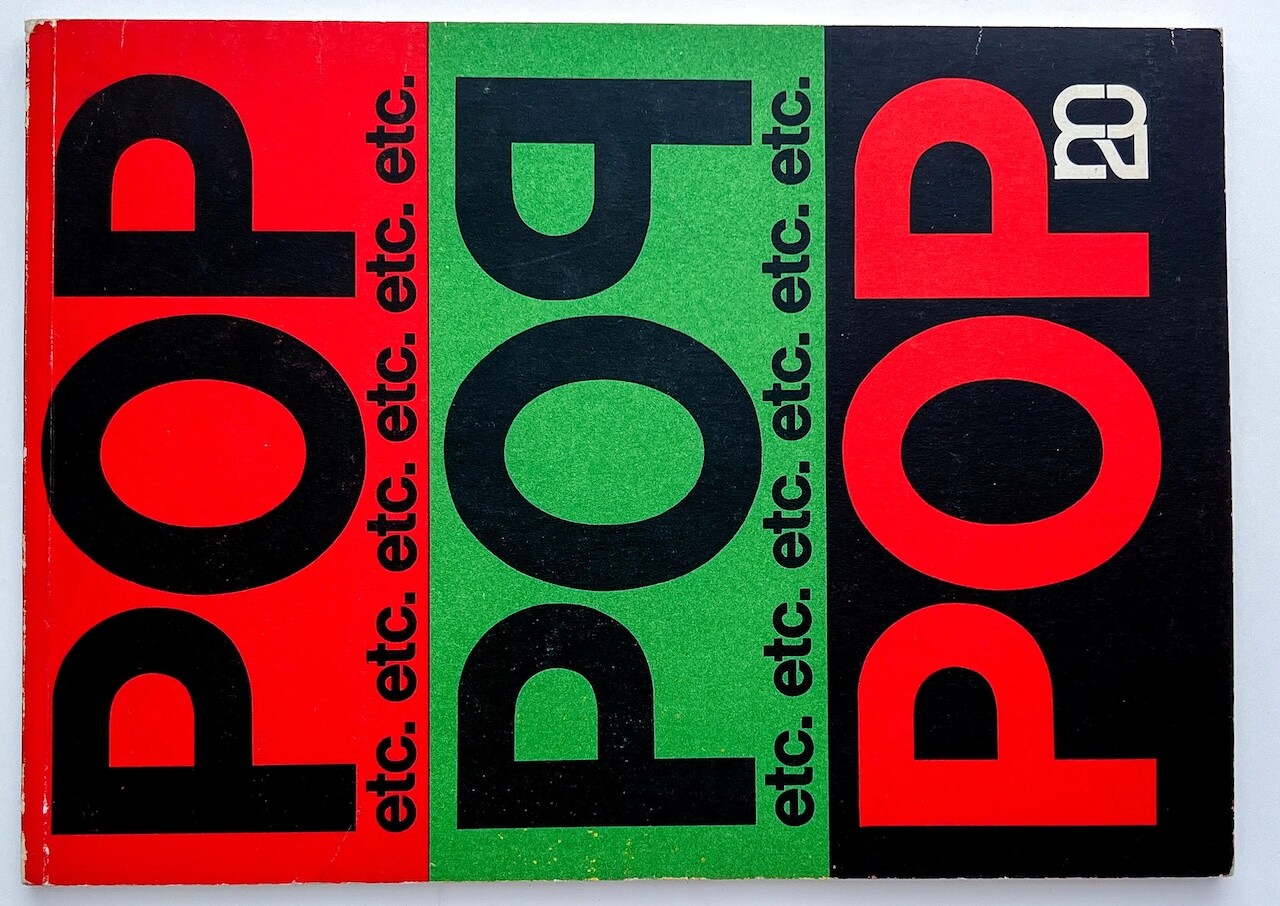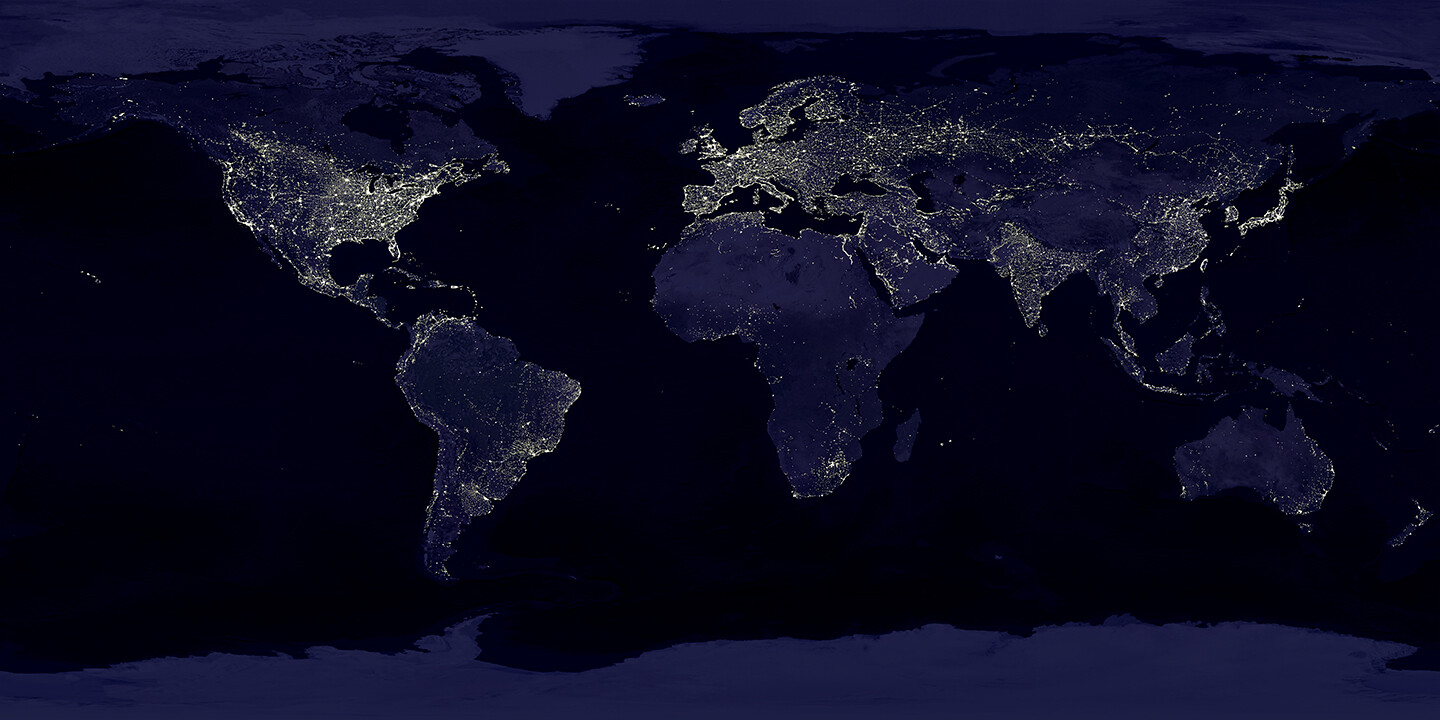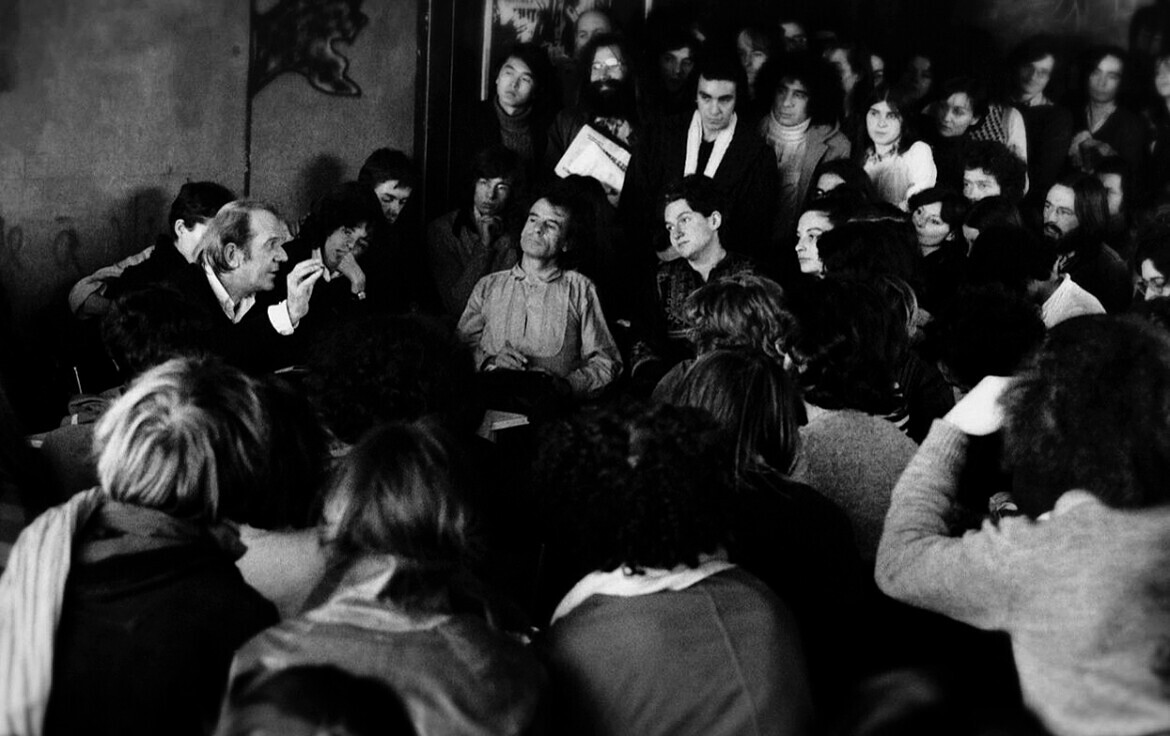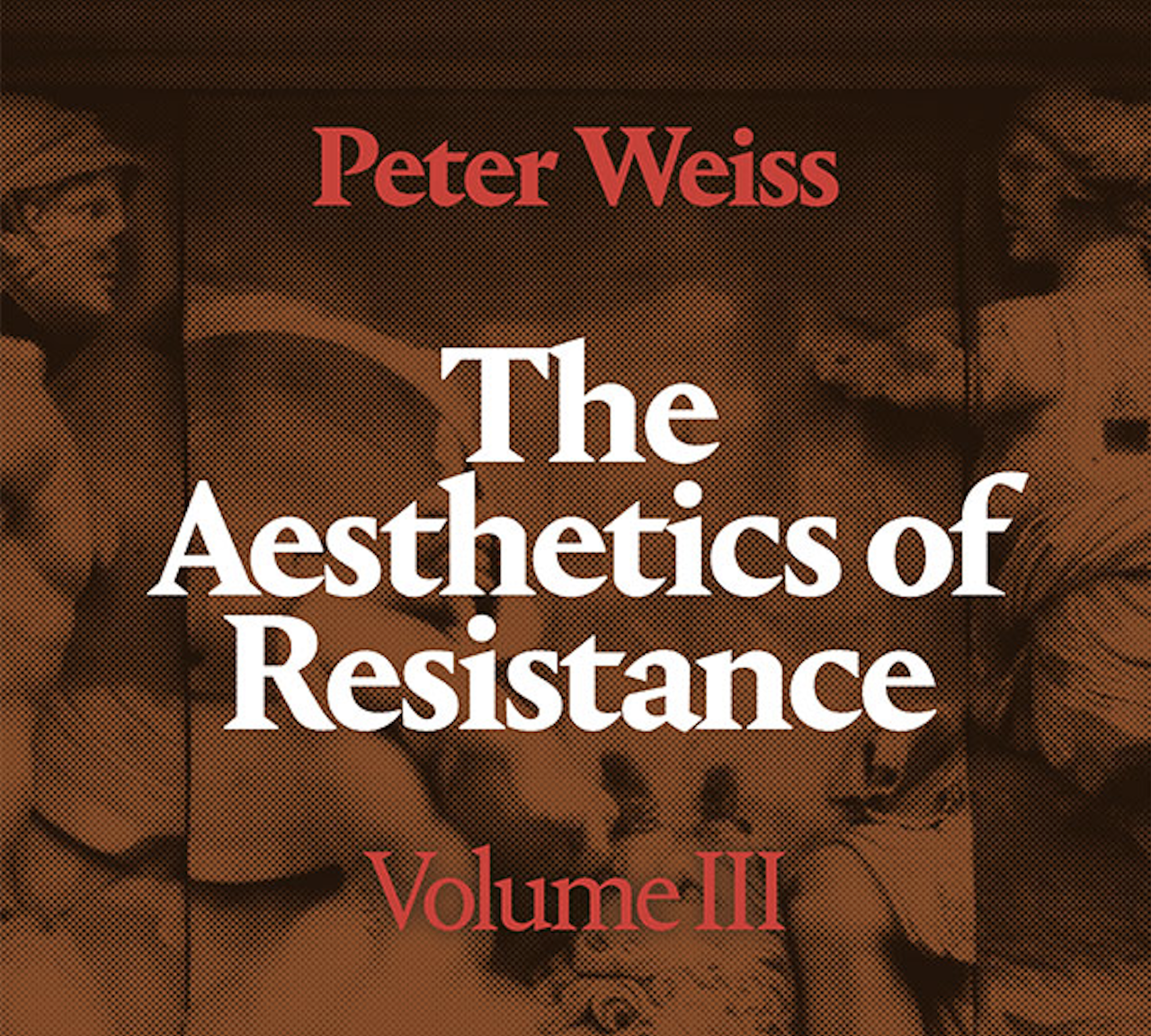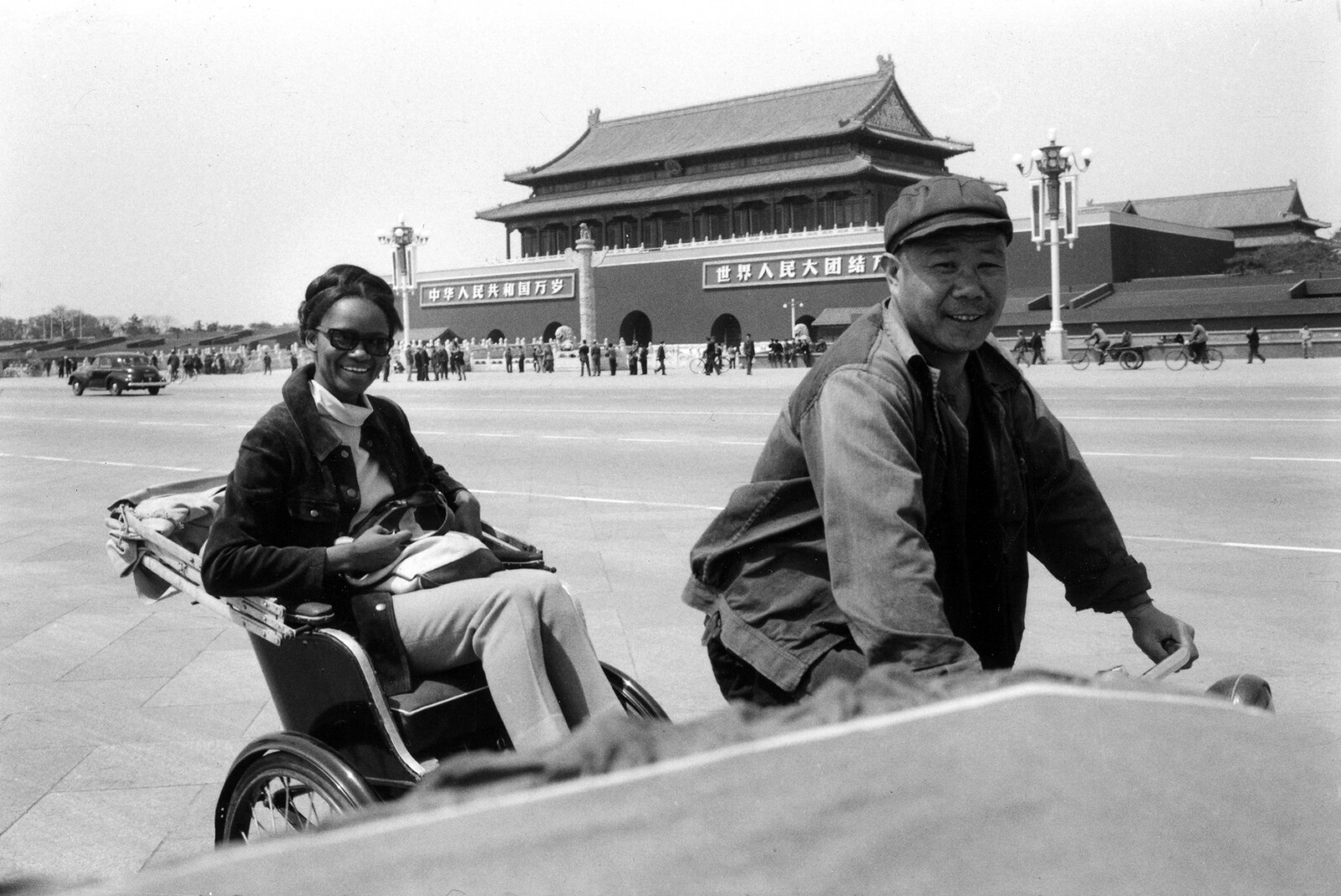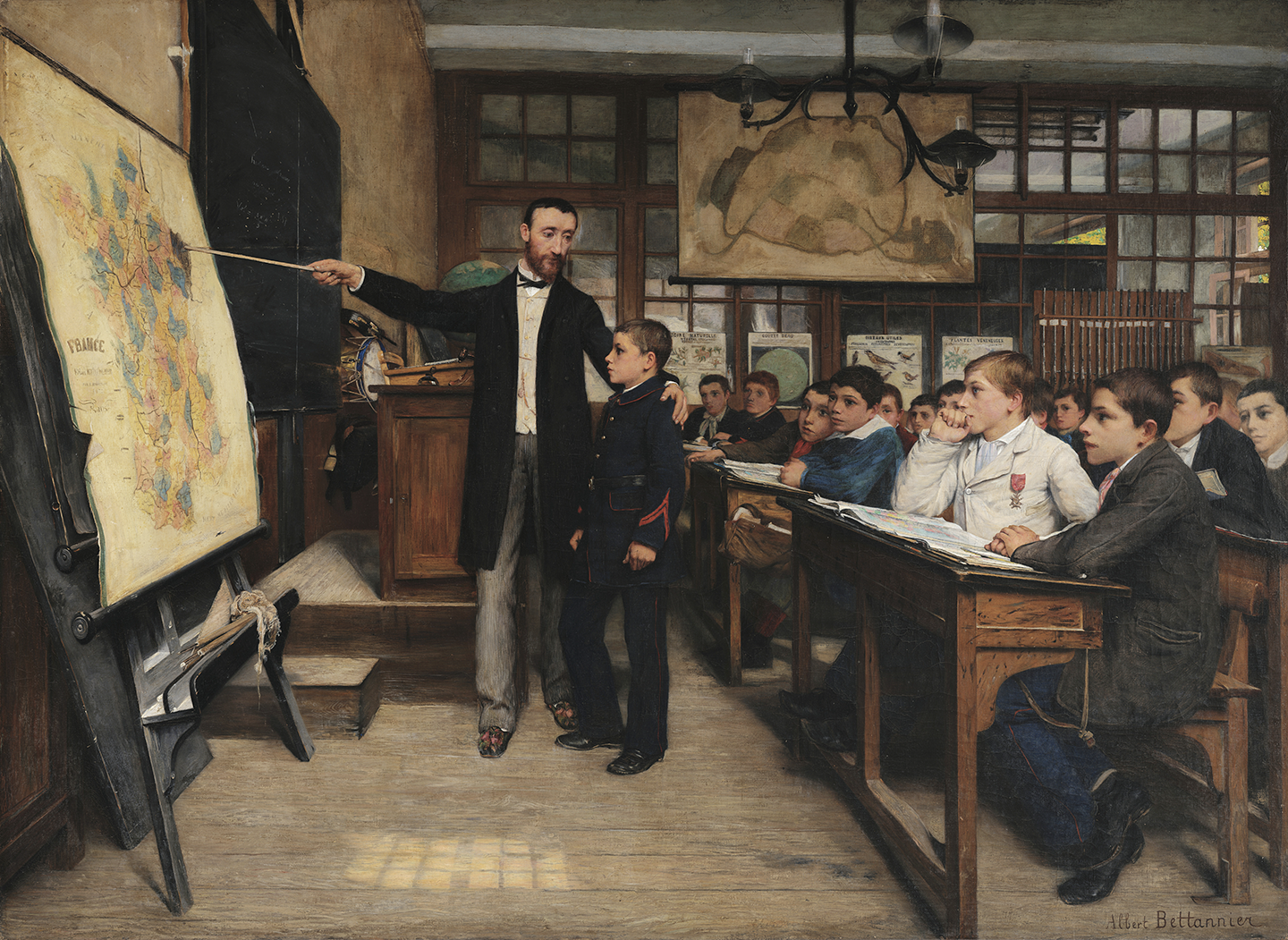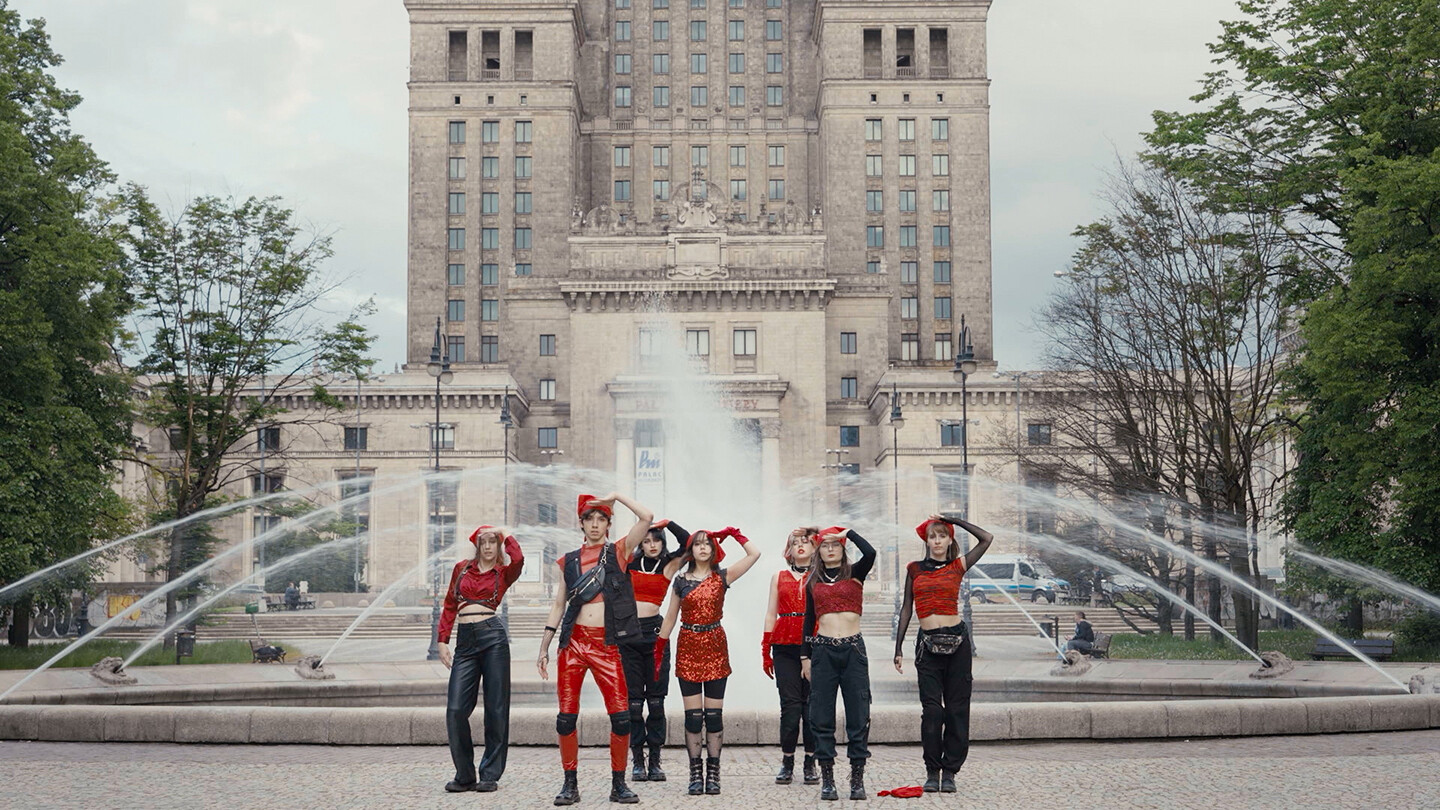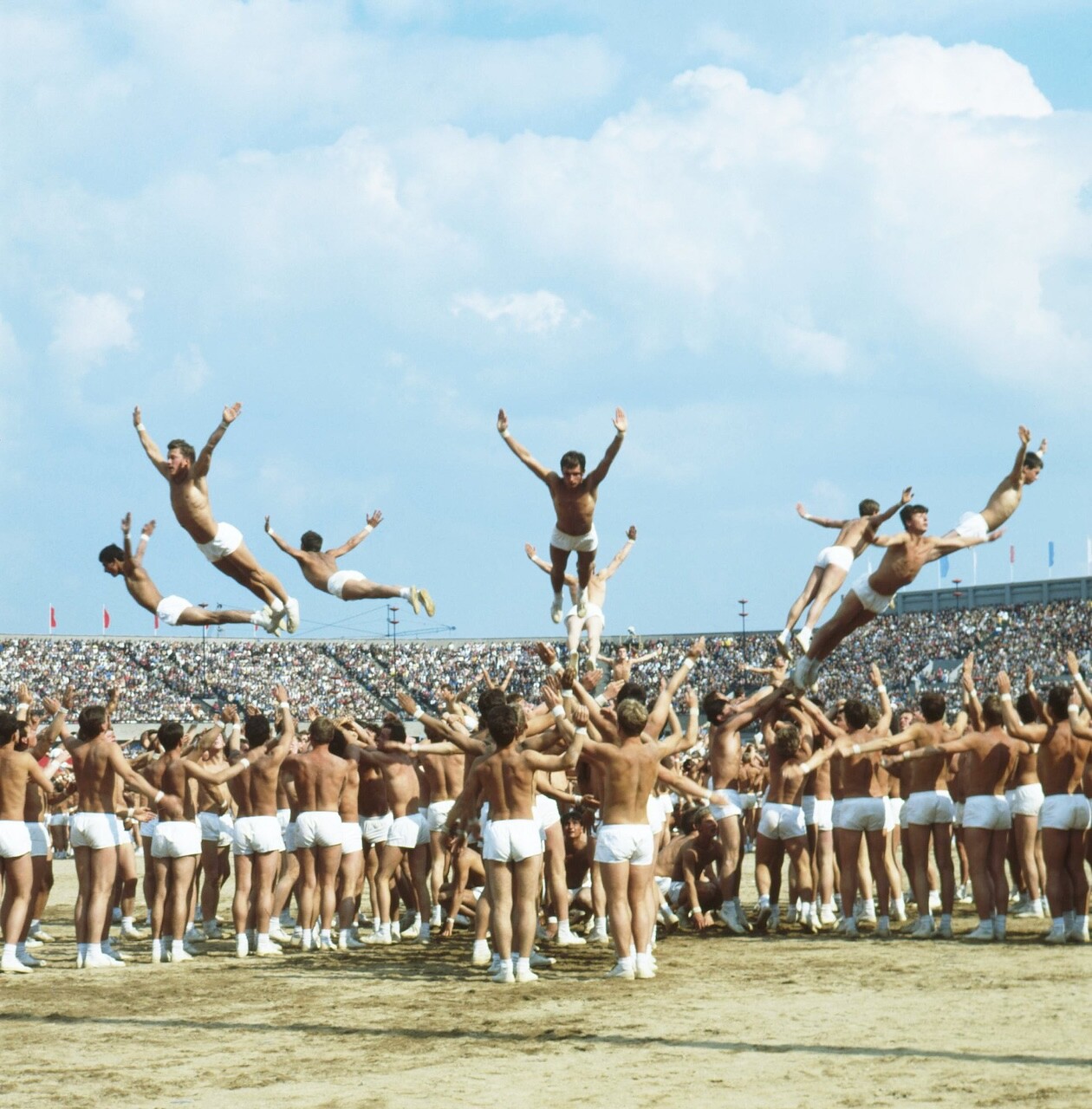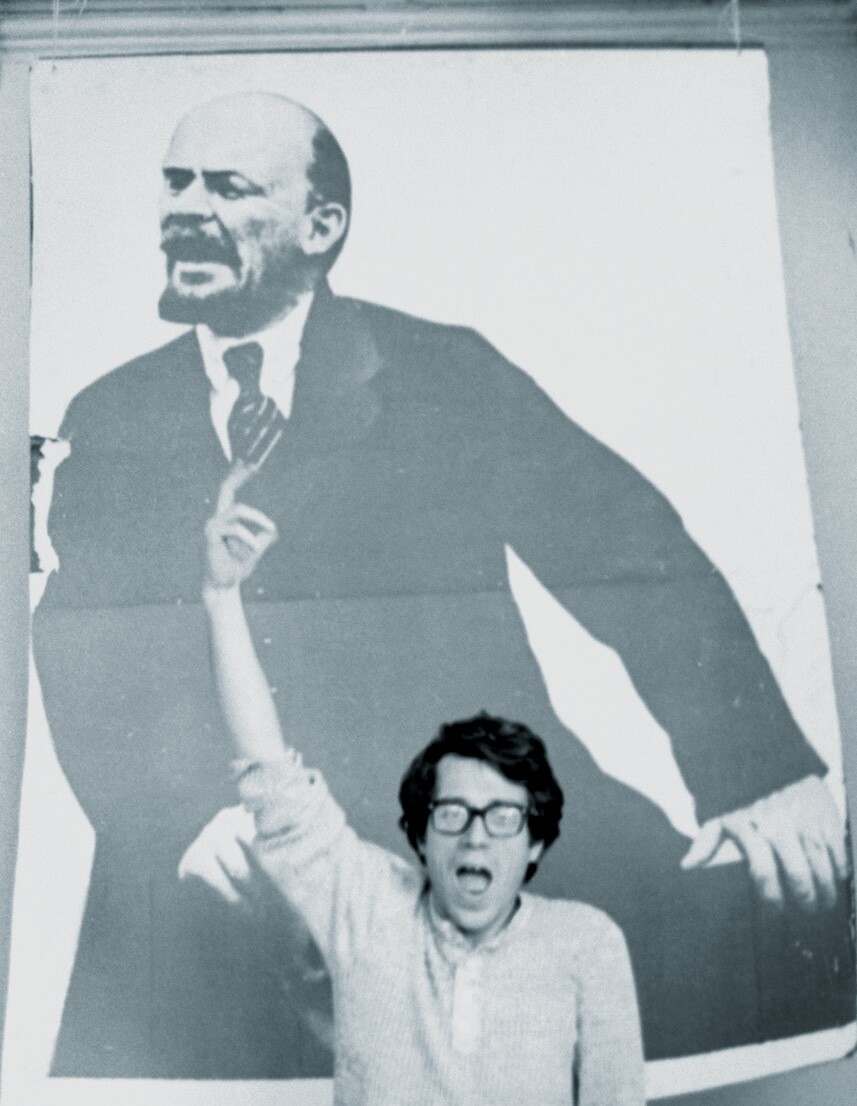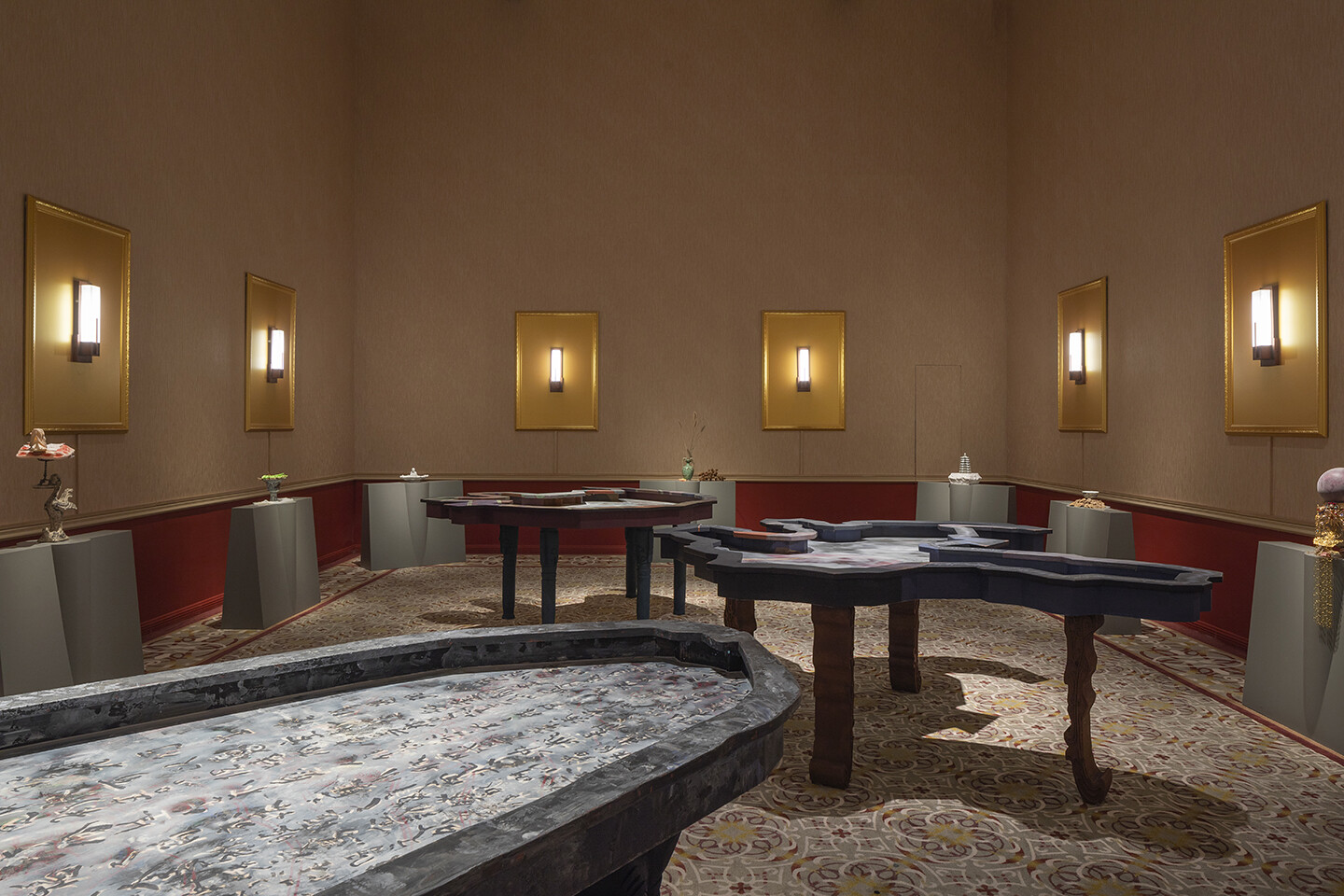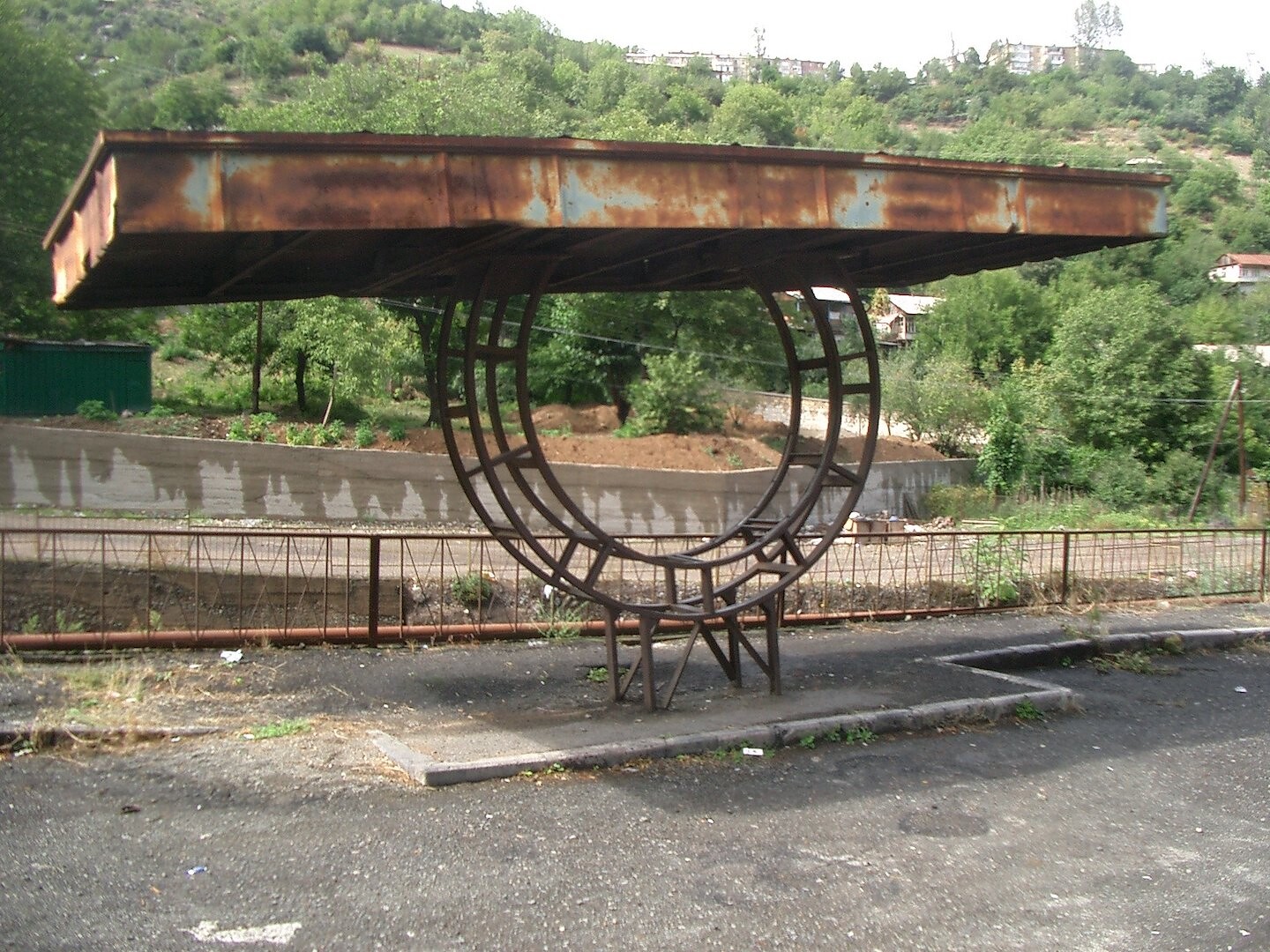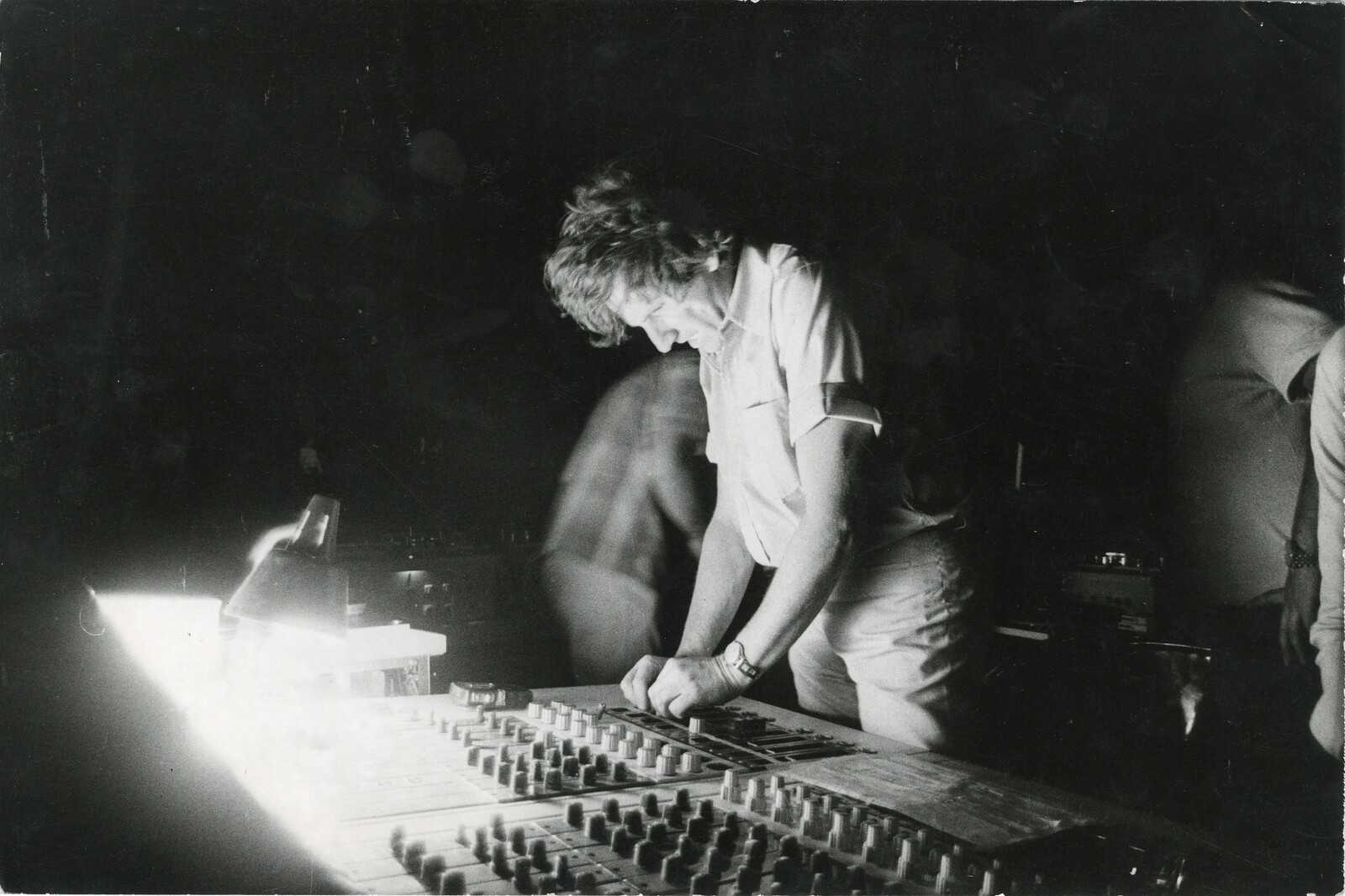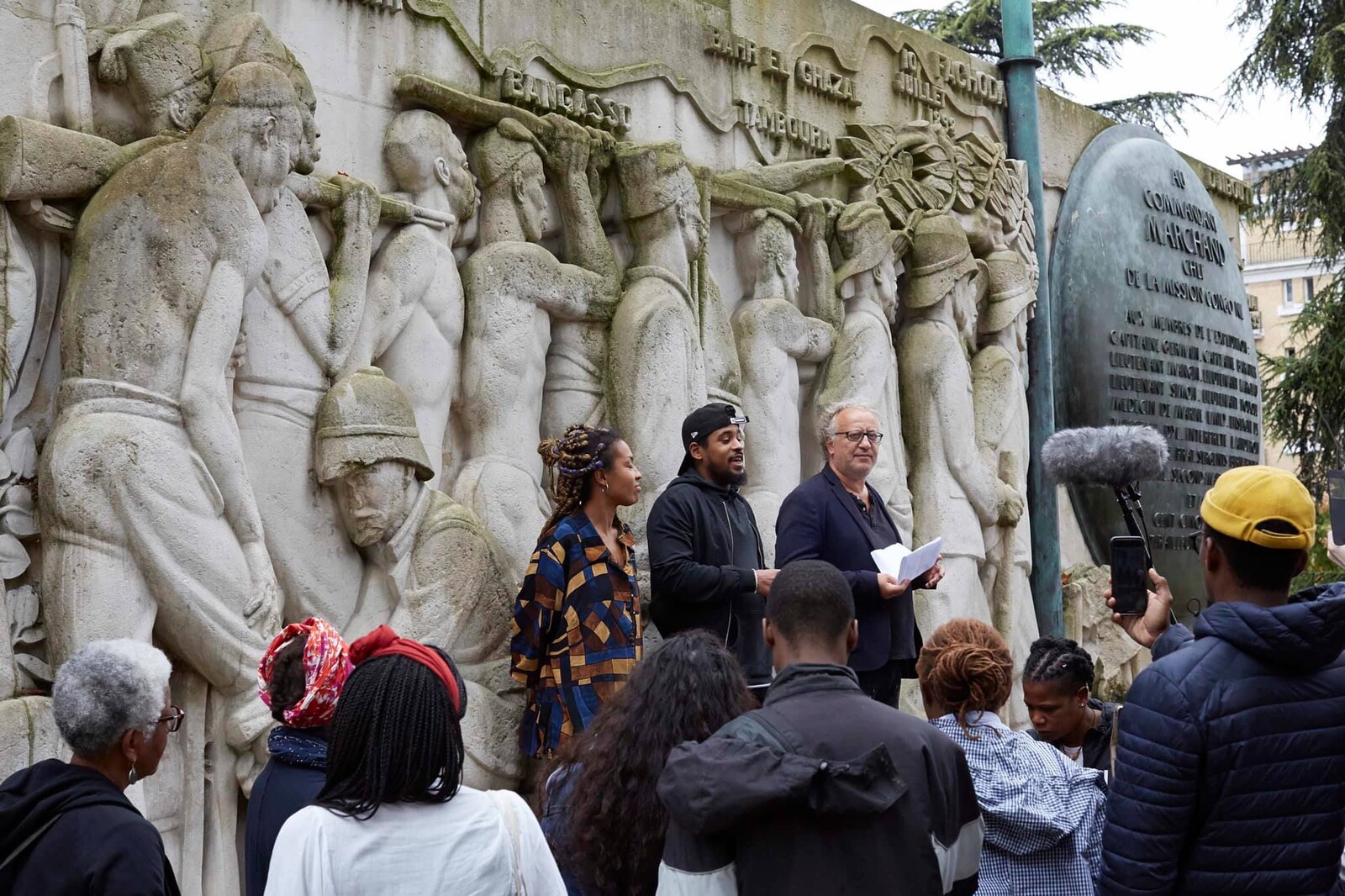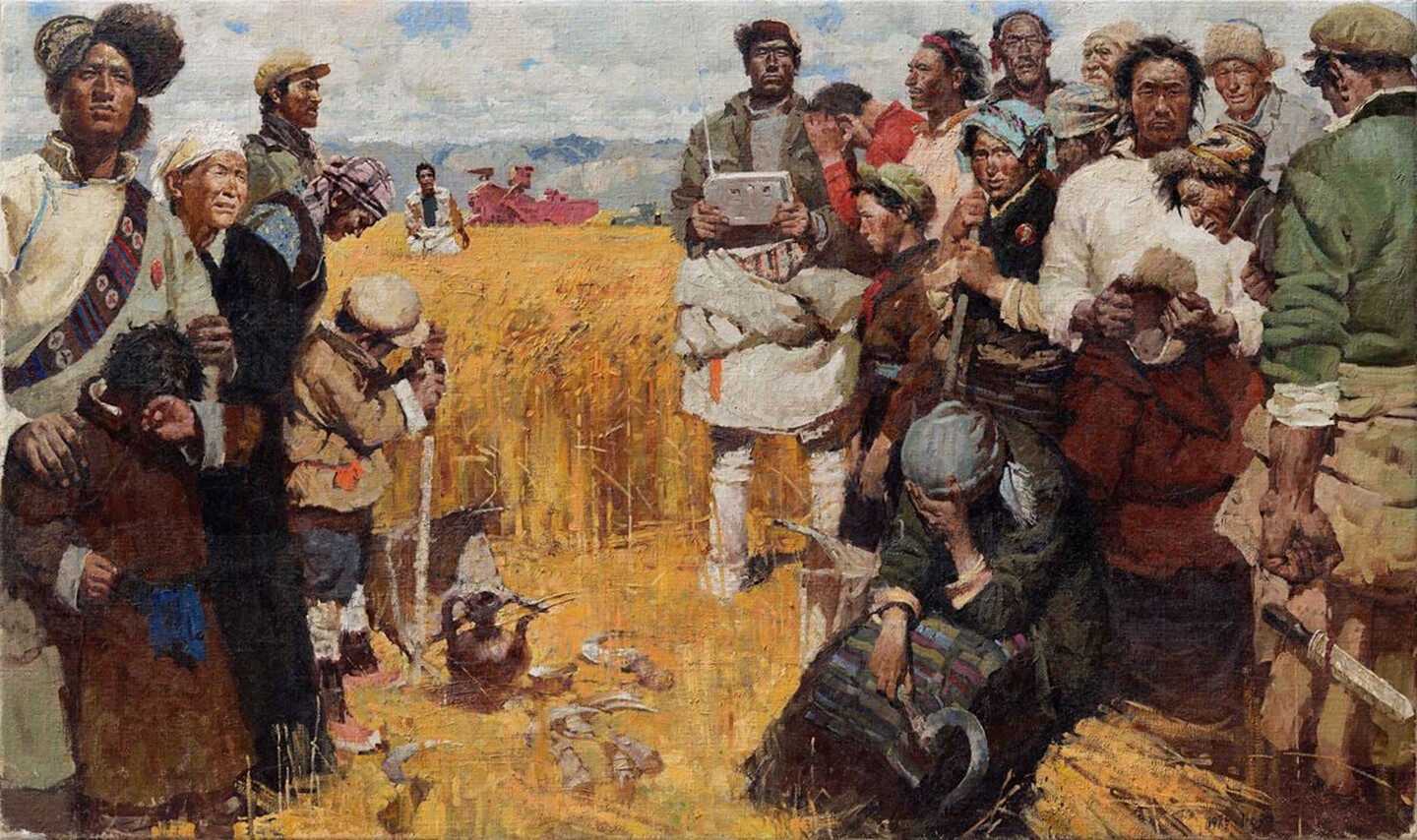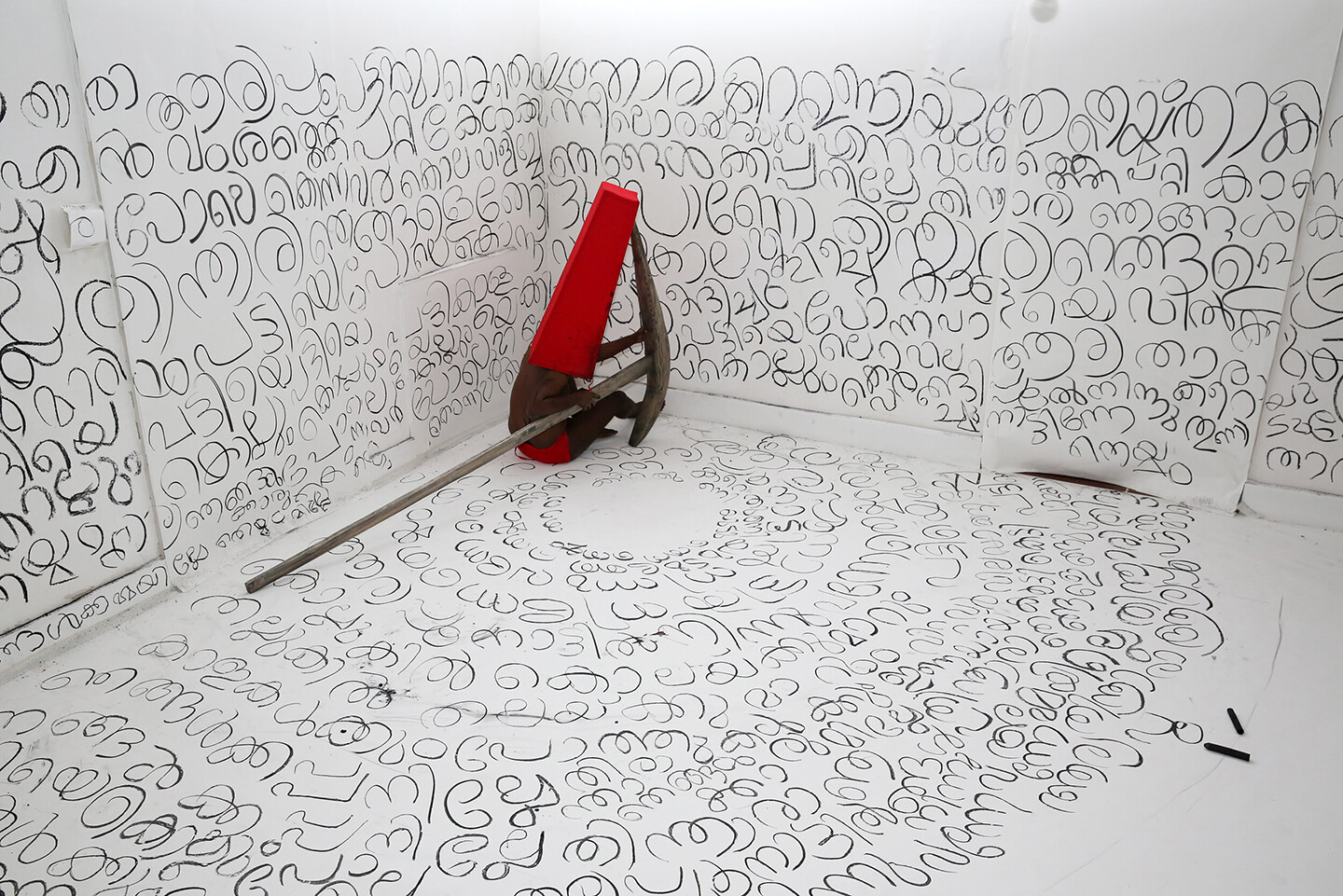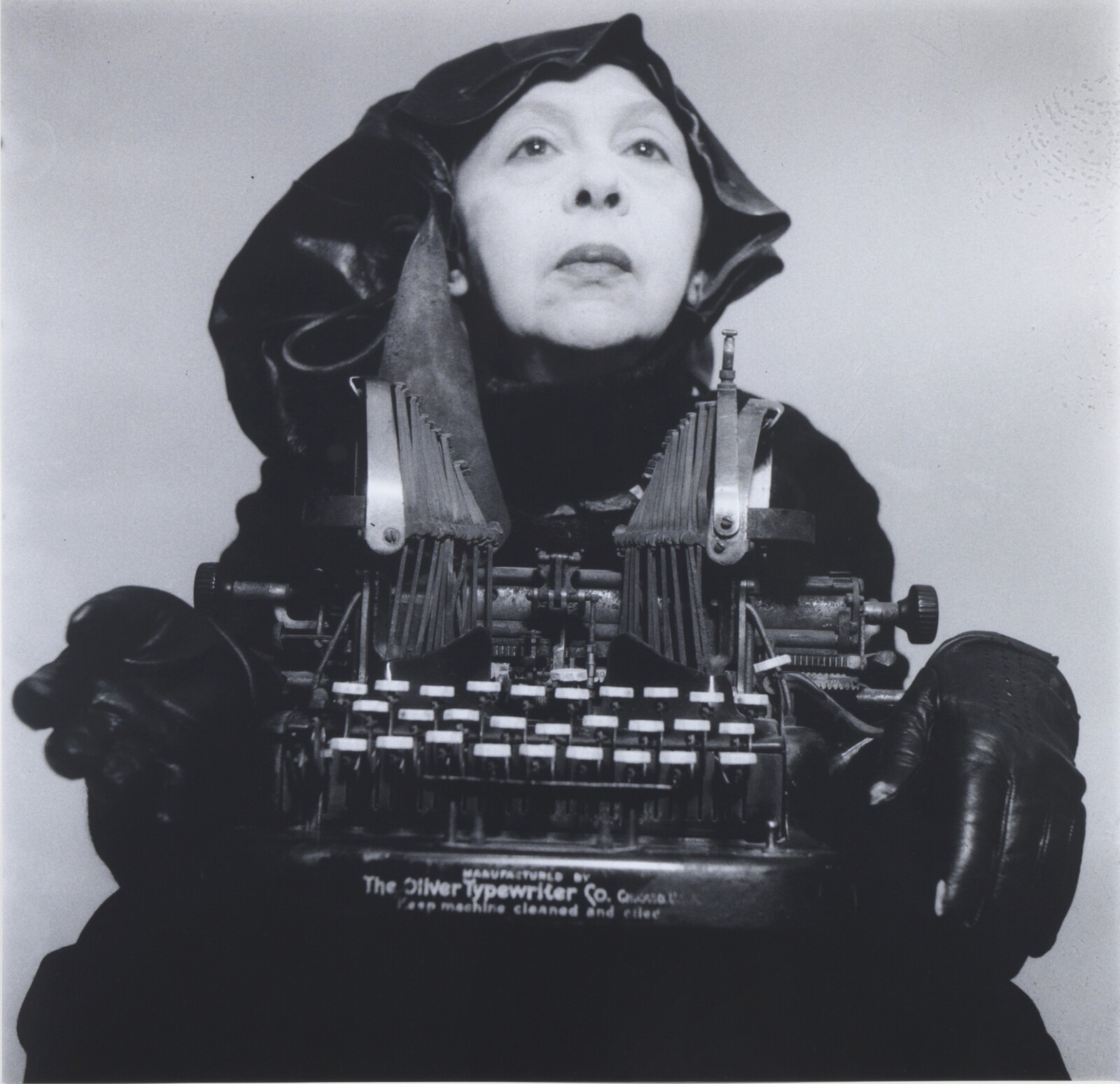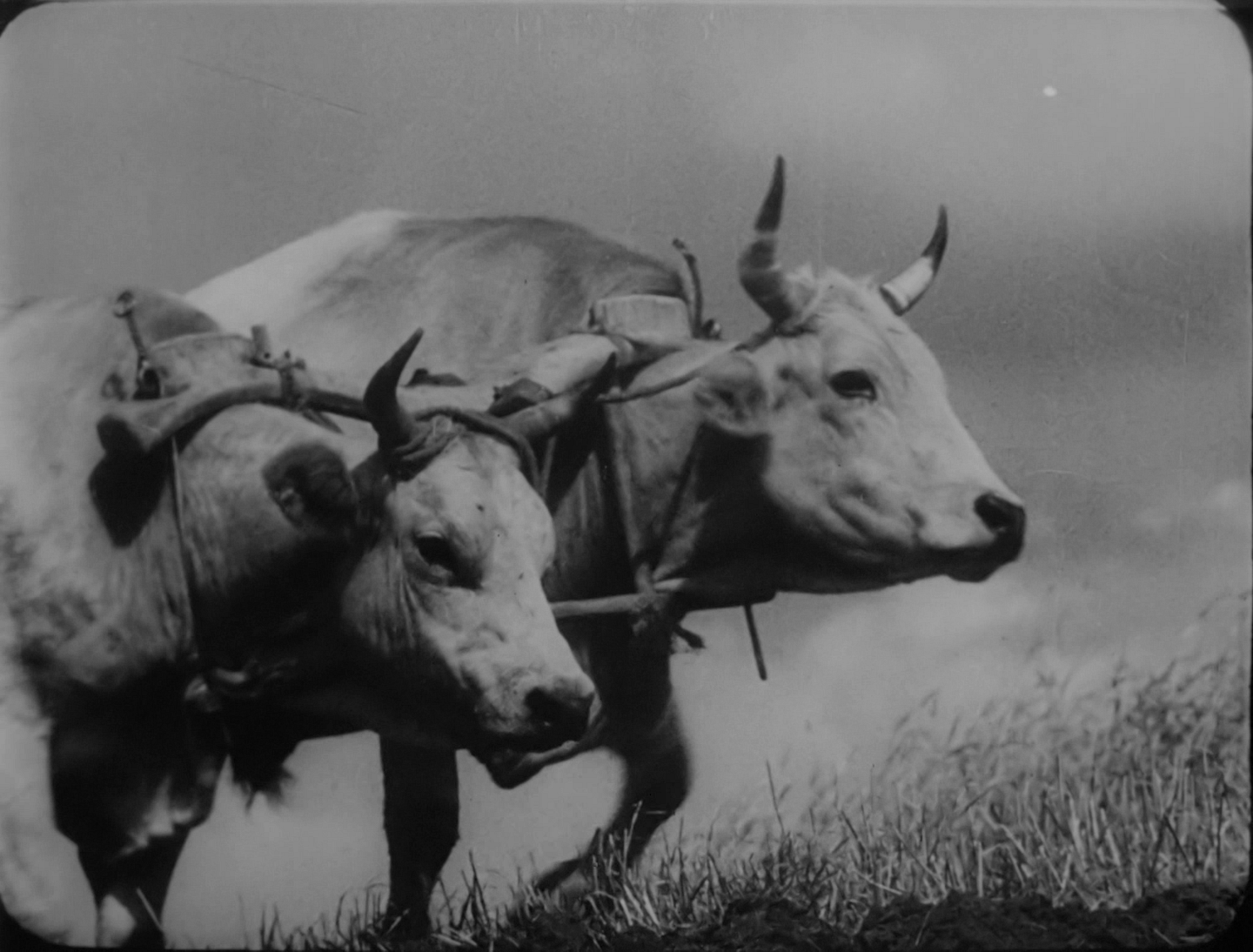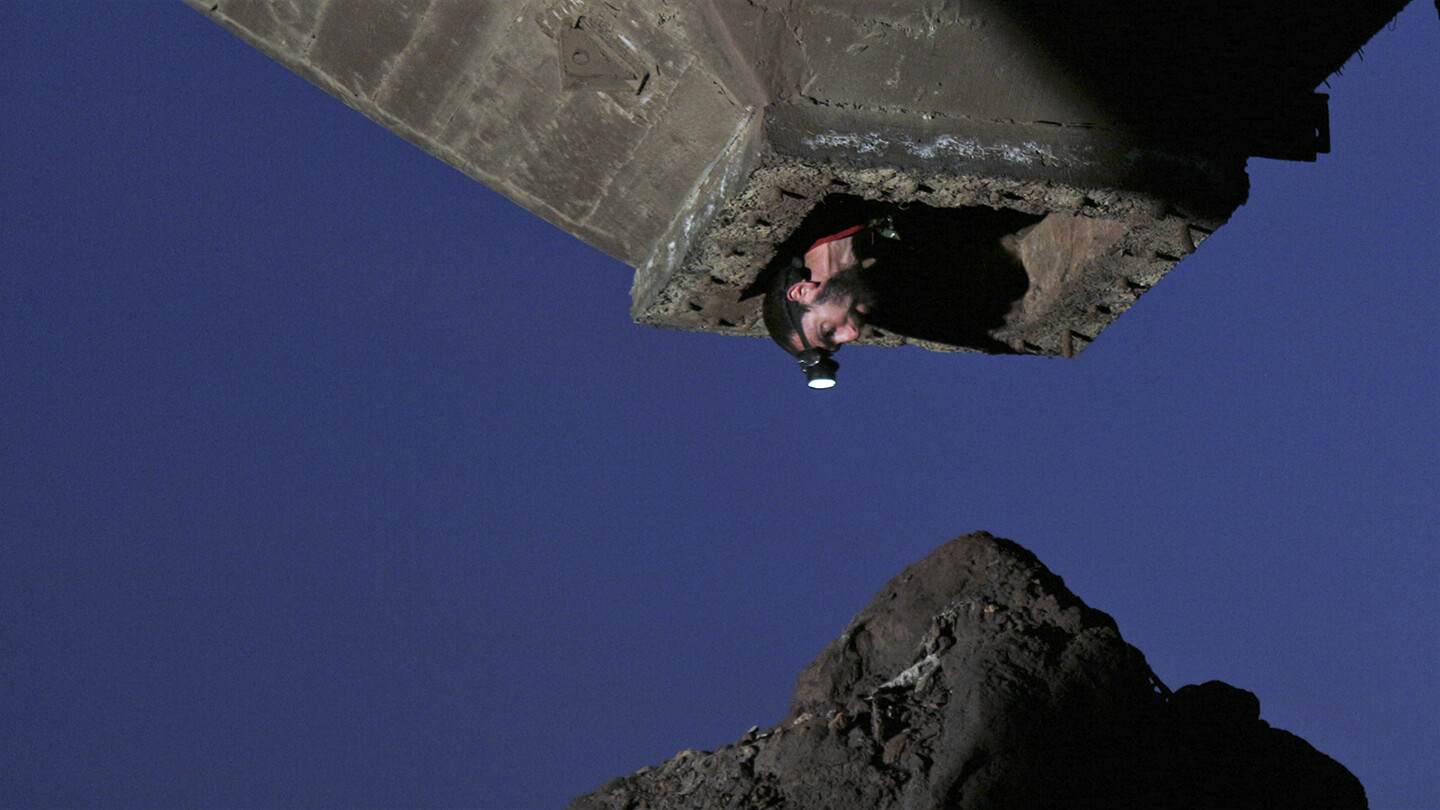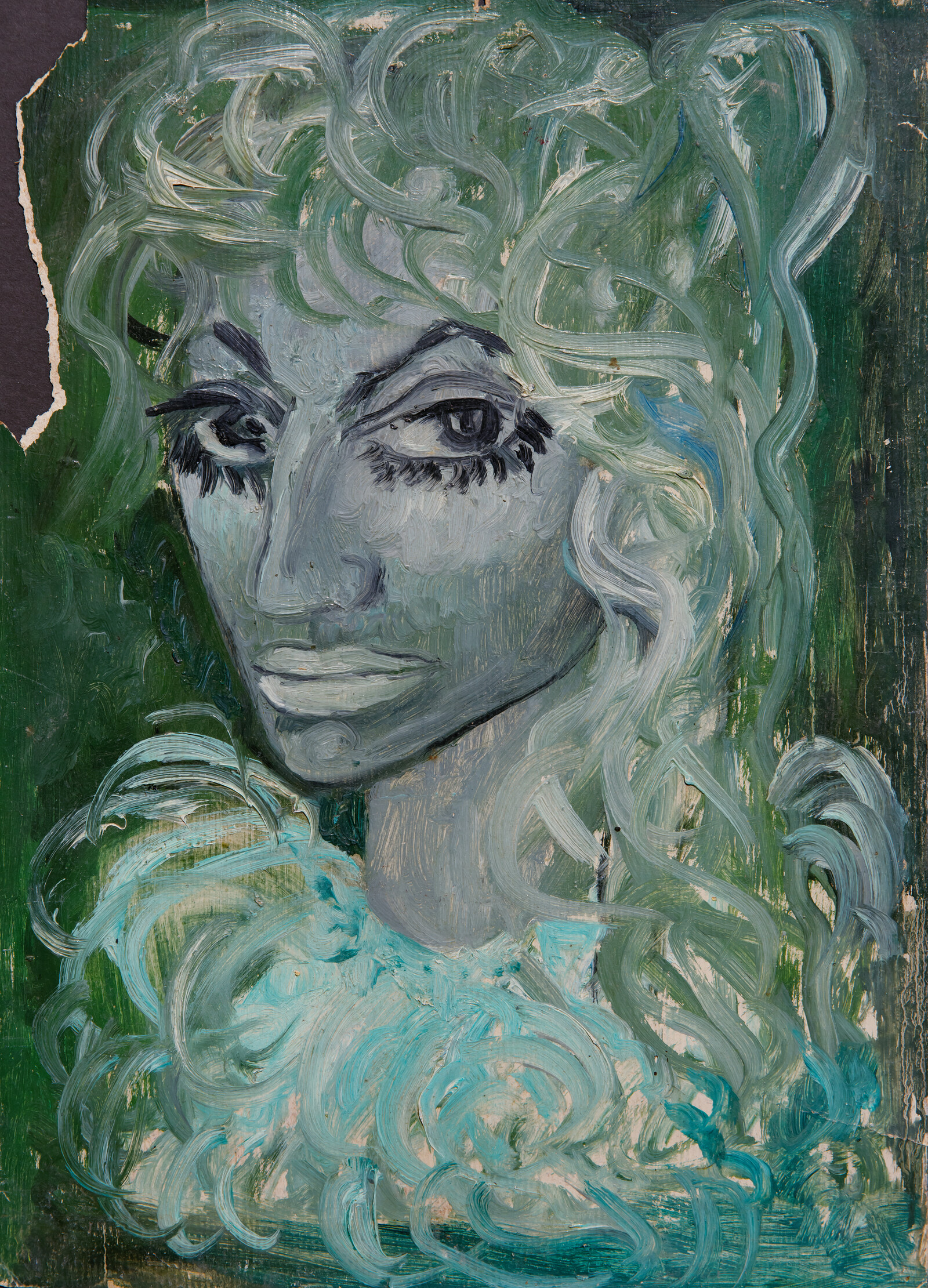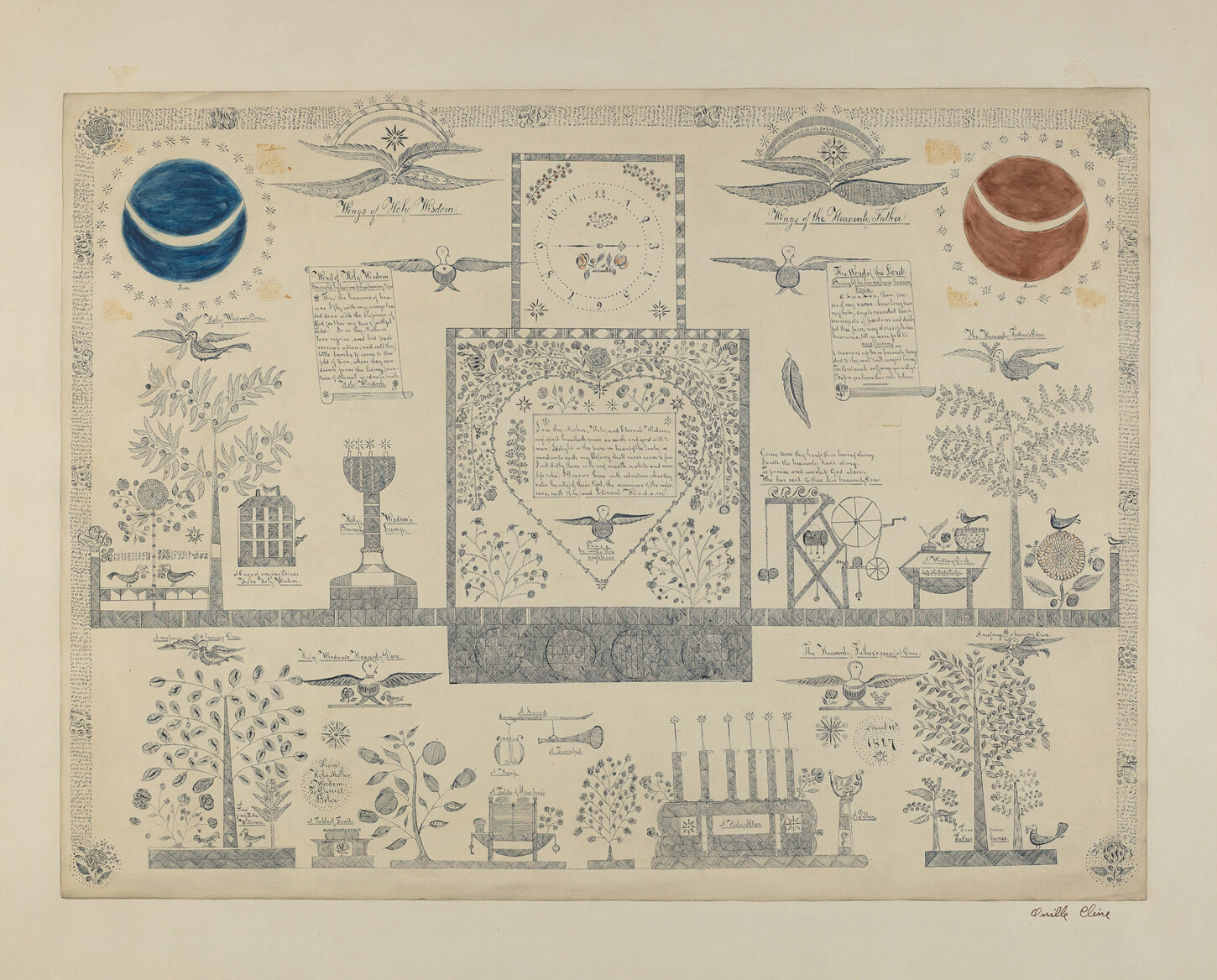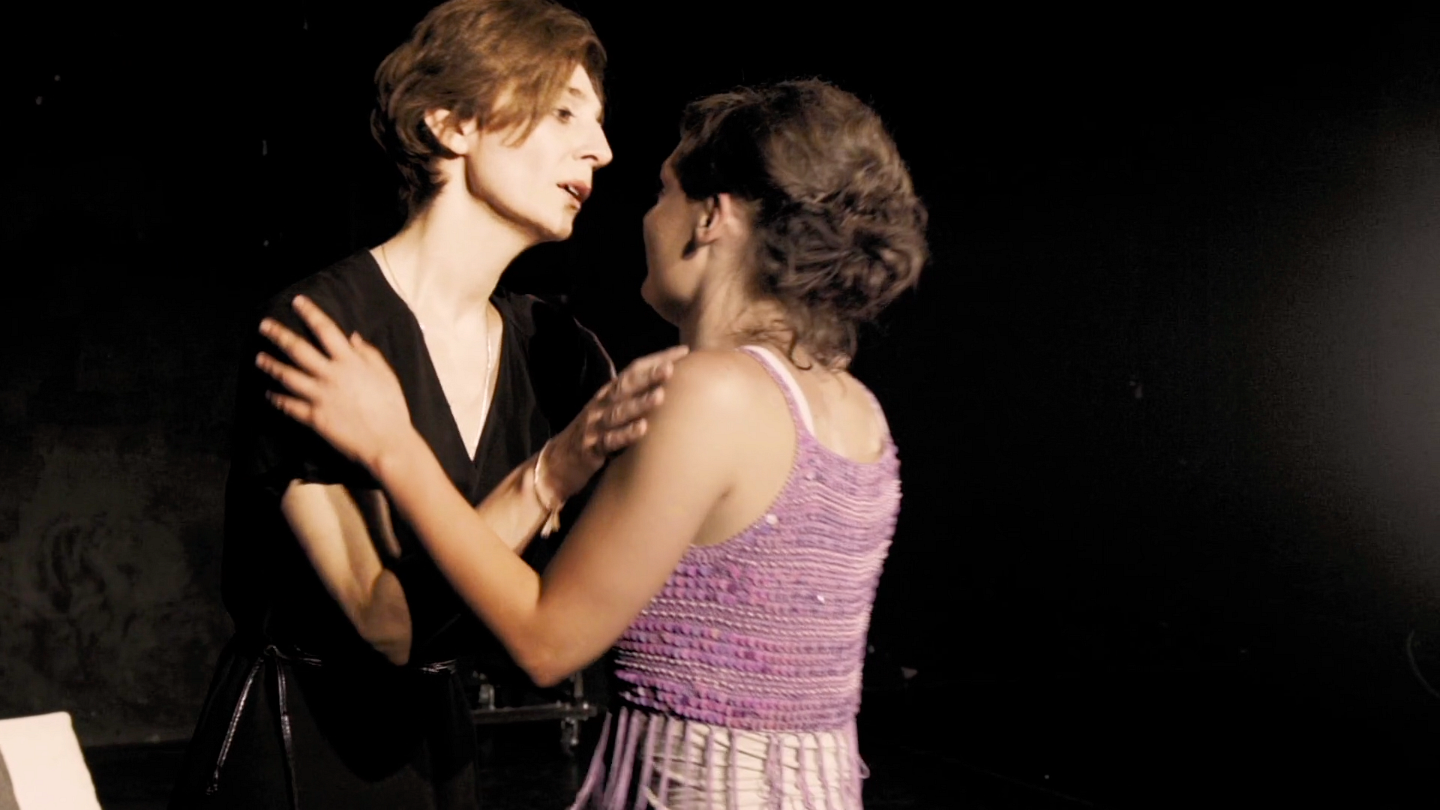What is, then, organization? Aleksandr Bogdanov’s Essays in Tektology offers two distinct and complementary definitions, one indirect, the other explicit. If human labor discovers that “any product is a system organized from material elements by means of joining them with the elements of energy of human labor,” then it is possible to generalize from this that organization consists of the joining of elements through the expenditure of energy. “No conjunction whatsoever—not only this, biological, but none whatsoever, in the most general tektological sense of the word—can occur without an expenditure of activities,” hence also energy.
The origins and development of nationalist movements have to be examined from the perspective of the geopolitics among major empires, rather than by building half-baked theories based on weaker sociopolitical forces such as ethnic identity, historical memory, the pursuit of national consciousness, advancements in communication and information exchange, and the diffusion of the nation-state political model. I am not suggesting that these latter factors are unimportant, rather that their role in shaping nationalist movements is first and foremost determined by the geopolitics of major empires.
The Commune Form: A Conversation with Kristin Ross
If post-socialist critique is reductive, individual artists and curators are not the sole culprits—nor are MoMA, Guggenheim, or liberal cultural institutions. The Communist Party of Vietnam has itself perpetuated a corrupt version of its own history, erasing vibrant internal debates and silencing opposition to state communism, whether from within a Marxist framework or against it. Post-socialist art vividly reflects the strange mutations undergone by the current Party, which has drastically departed from, yet still rides on, its communist identity. It remains important to inquire, at each instance, whether the appropriation of state-socialist aesthetics illuminates the present’s relationship with the past or obfuscates it further.
Wanderings’ status as a foundational classic of the PRC demands a closer look at its “genre” and its spectatorial address in the context of China’s—and the Shanghai film industry’s—momentous midcentury transformation. The 1949 film’s mixture of live action and animation reasserts the primacy of “movement and light” as the foundation of cinematic realism. With this view, we might also rescue realism from the presumption of indexicality and examine the intricate relationship between formally experimental filmmaking—including animation—and historical change.
Launch of e-flux journal issues 134–136
Art history has failed to competently account for the “post-socialist” in postmodernism, not so much as an interpretative framework but as a preexisting and indeed “haunting” condition. The hauntological dimension of post-socialist legacies might just be the missing link that allows us to understand much of postmodern art truly on its own terms, taking account of the inherent contradictions, mediations, and transformations of historical circumstances.
Caste slavery was legitimized through myths, and “justified” through spiritual means. Over the long span of thousands of years, such myths have been compromised and appropriated through many more stories. This is what we Dalits mean when we refer to the oppressive environment long upheld through Brahmanic knowledge production.
Earth
To grapple with land and its histories is to rediscover life as a weapon. Only a weapon so total is powerful enough to combat the combined spiritual and ecological devastation of our time.
